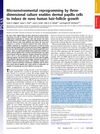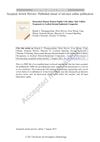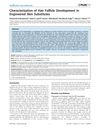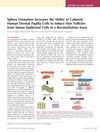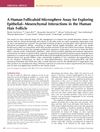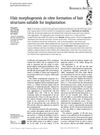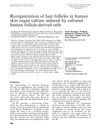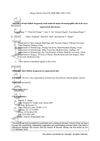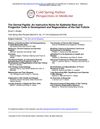A Model System to Analyze the Ability of Human Keratinocytes to Form Hair Follicles
April 2014
in “
Experimental Dermatology
”
human keratinocytes hair follicles dermal-epidermal composites human dermal papilla cells progenitor cells hair shafts sebaceous glands hair follicle phases tissue engineered skin substitutes skin cells hair roots skin layers hair growth cells stem cells hair strands oil glands hair growth stages engineered skin
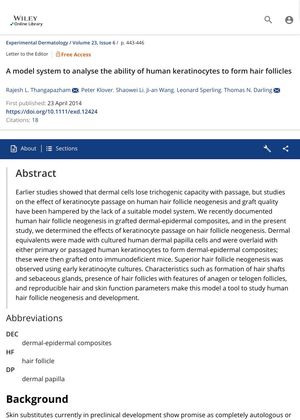
TLDR Scientists developed a system to study human hair growth using skin cells, which could help understand hair development and improve skin substitutes for medical use.
In 2014, researchers from the Department of Dermatology at the Uniformed Services University of the Health Sciences developed a model system to study human hair follicle formation. They created dermal-epidermal composites using human dermal papilla cells and either primary or passaged human keratinocytes, which were then grafted onto immunodeficient mice. The study found that early keratinocyte cultures, rich in progenitor cells, led to superior hair follicle formation, including the formation of hair shafts and sebaceous glands. The model system also allowed for the evaluation of hair follicle phases at 10 weeks or later. This system was considered a useful tool for studying human hair follicle development and could be used to evaluate genes and cells vital for this process or to optimize tissue engineered skin substitutes for clinical applications.
